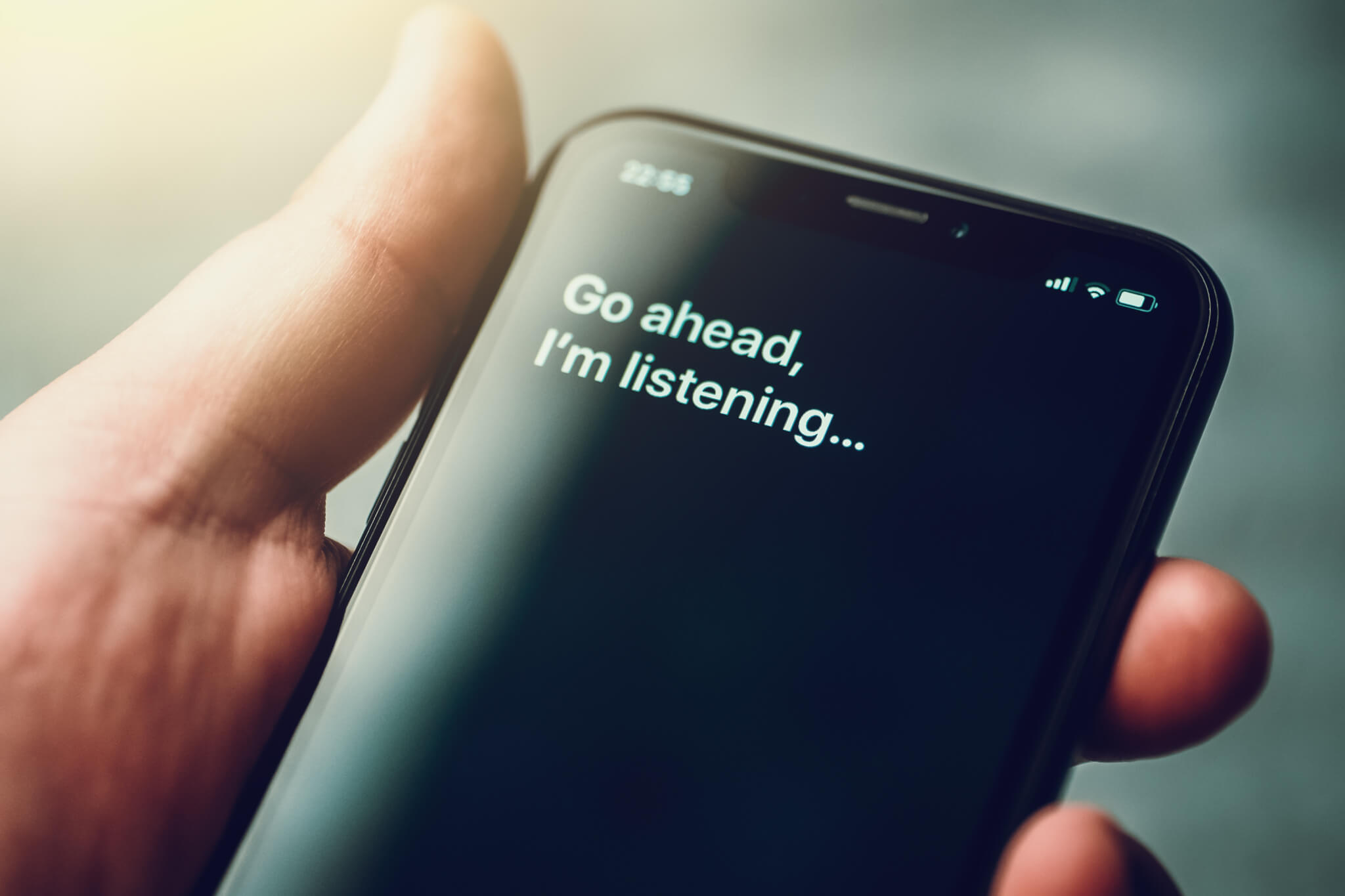MUNICH, Germany — Should artificial intelligence handle emergency calls from humans dialing 911? A new AI is making the case, showing that it’s capable of diagnosing the signs of a stroke over the phone. Scientists from Denmark say the results suggest it performs better than human emergency call handlers at determining if someone is in serious medical trouble.
“The implementation of this new, cost-effective tool can enhance stroke identification by call handlers, ensuring more patients receive appropriate and timely care and improving patient outcomes overall,” says Dr. Jonathan Wenstrup of Copenhagen University Hospital, the lead author of the study.
According to a metric that measured the predictive skill of the machine learning technique, the AI tool proved up to 10 percent more accurate than human experts. The tool was trained using data from the Danish Stroke Registry and over 7,000 stroke-related calls made to the Copenhagen Emergency Medical Services between 2015 and 2020.
“Emergency call handlers play a critical role in facilitating early and accurate stroke recognition as one of the first points of contact for patients seeking medical assistance,” says Dr. Wenstrup in a media release. “Unfortunately, many stroke cases go undetected at this stage, leading to treatment delays with potentially life-threatening consequences for patients.”
Scroll down to see the signs and symptoms of a stroke

Stroke occurs when blood supply to the brain is interrupted. It is one of the world’s leading causes of death and it often goes undiagnosed. Timely treatment can drastically improve survival rates. The incidence is increasing due to the obesity crisis. Across Europe, the condition is a significant cause of disability, affecting more than a million adults each year. With aging and growing populations, the number of people living with stroke is projected to rise 27 percent by 2047. However, many strokes can be prevented, and early treatment can significantly improve the chances of a positive outcome.
“As with any new tool, further research and development are needed to improve the framework’s accuracy and expand its capabilities. In the future, we may be able to train the framework directly from the call audio, bypassing the transcription step, and incorporate non-word audio, such as slurred speech, into the training data,” concludes Dr. Wenstrup. “However, given the promising results of this study, it’s already clear that technologies like this have the potential to revolutionize stroke diagnosis and care.”
The findings were presented at the European Stroke Organisation Conference in Munich, Germany.
What are the primary symptoms of a stroke?
The acronym “FAST” is a simple tool developed by medical professionals to help people recognize the signs and symptoms of a stroke quickly. It stands for:
- Face: Ask the person to smile. Does one side of the face droop?
- Arms: Ask the person to raise both arms. Does one arm drift downward?
- Speech: Ask the person to repeat a simple phrase. Is their speech slurred or strange?
- Time: If you observe any of these signs, call 9-1-1 immediately. Time is critical when a stroke is occurring.
This acronym emphasizes the urgency of recognizing and responding to stroke symptoms. A quick response can significantly improve outcomes, reducing the risk of long-term disability or death. Treatment is most effective when started promptly, so remembering the “FAST” acronym could potentially save a life.
Other symptoms include:
- Confusion
- Trouble speaking or understanding speech
- Trouble seeing in one or both eyes
- Difficulty walking
- Dizziness
- Loss of balance
- Lack of coordination
South West News Service writer Mark Waghorn contributed to this report.

